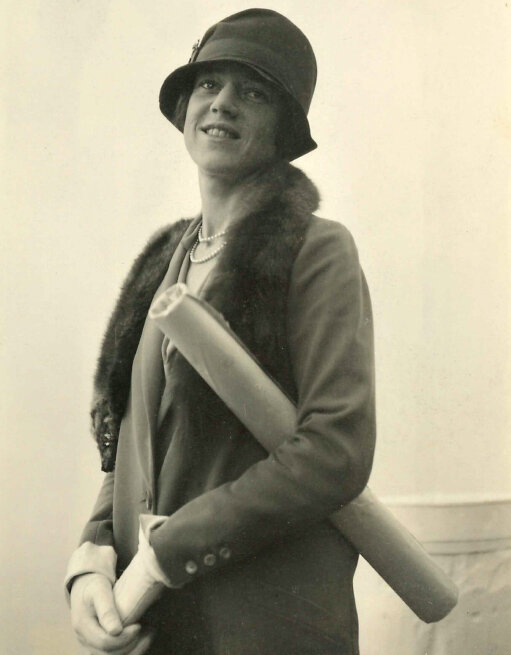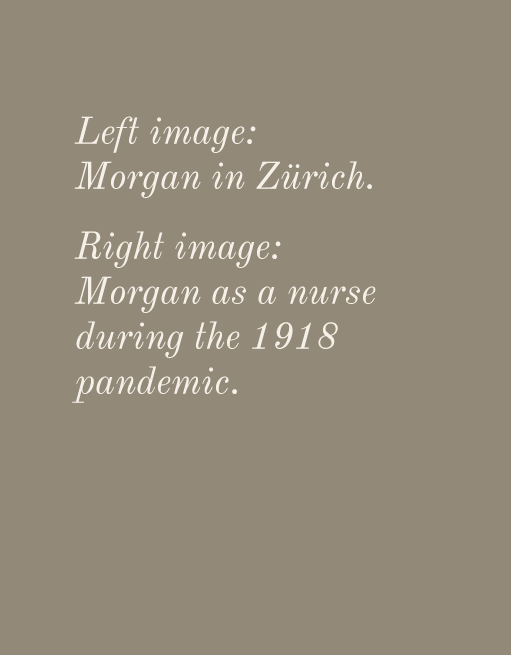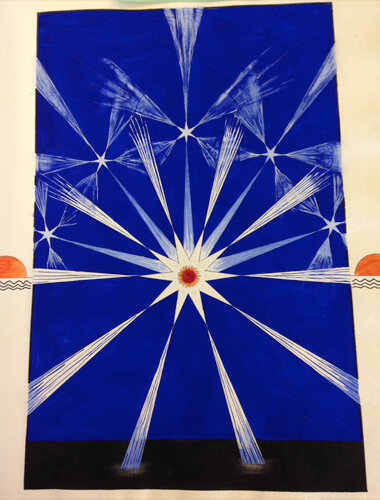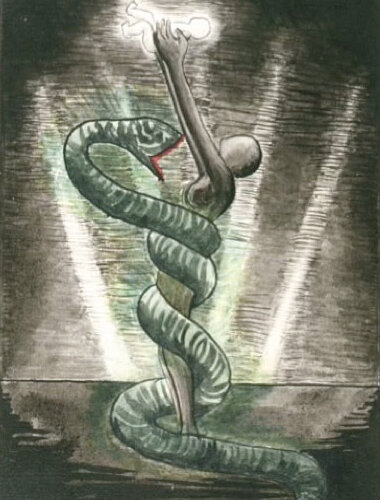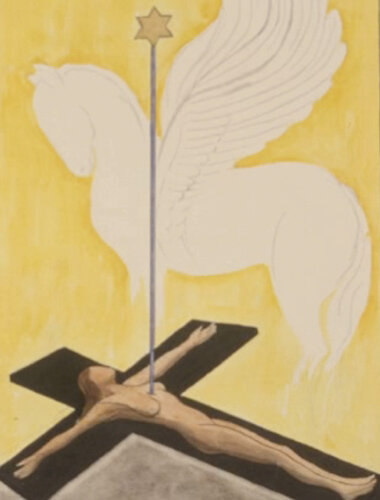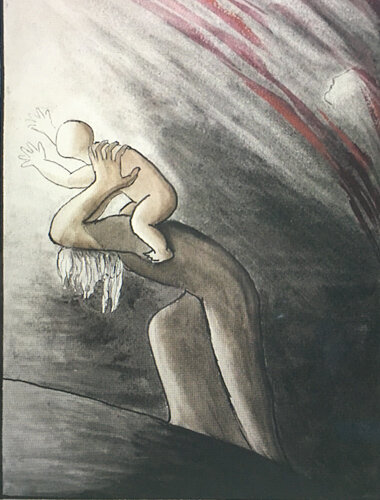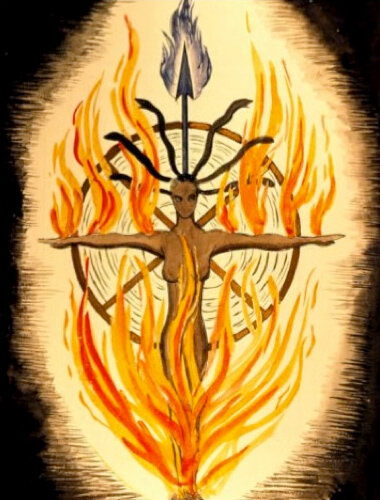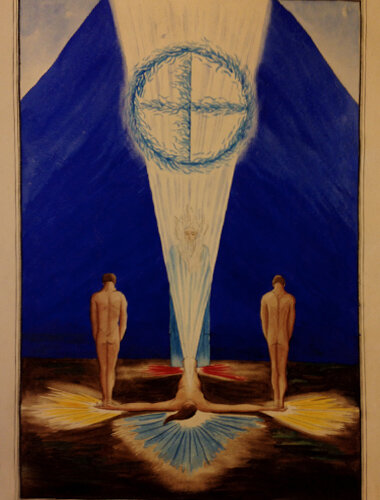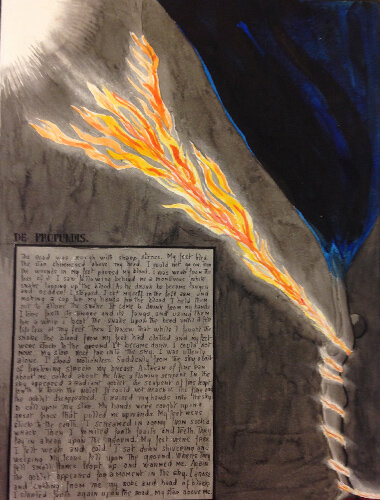THE STORY
In 1926, a young Christiana Morgan traveled to Zurich, Switzerland to psychoanalyze with Carl Jung. Using Jung’s process of “active imagination” she created three elaborate journals of her dreams and visions. There she courageously studied her unconscious to create a more individual life for herself, free from men’s projections and the restrictive conventions that were placed on women at that time. The unfolding of her visions and the exploring the feminine psyche would become her life’s work.
“Morgan envisioned a definition of a female self far different from the male-invented one….[It] helped produce a third force in psychology between Freudian and the behaviorists. It is from this third force that feminist psychology developed…”
— Claire Douglas, biographer
From her body of work, Jung developed many of his theories about the use of the imagination in psychoanalysis and, most importantly, the psychology of women, then an emerging field. Carl Jung, as one of the founders of modern psychology, discovered in Morgan’s work the embodiment of many of his theories and also material for his famous and highly influential Vision Seminars (1930–1934). Of Morgan’s visions, Jung wrote: “There is material here for the next 2–300 years… Such visions as these represent the psychology of our time.”
A critical figure in the development of American psychological theory and practice, Christiana Morgan was a maverick as a Harvard psychoanalyst and researcher. She was instrumental in the early years running the Harvard Psychological Clinic, along with her partner and collaborator Henry Murray. The Harvard Psychological Clinic became a center of intellectual activity engaging many of the day’s leading thinkers as well as producing students that became some of this country’s most prominent psychologists. During their years at Harvard, Morgan and Murray would produce significant psychological work, including the Thematic Apperception Test — the most widely used projective psychoanalytic test and one that is still used today worldwide by psychologists, corporations, and governments.
Inspired by her psychoanalytic work with Carl Jung, Christiana would build a stone tower that in time would become her personal retreat, where she would transform many of her visions into elaborate wood carvings, drawings, and stained-glass windows. The tower became a physical embodiment of the creative consciousness of her life and her journey into the depth of her psyche.
Tower of Dreams follows her granddaughter’s journey to understand her remarkable life and largely overlooked legacy as a Jungian psychoanalyst, artist, and early feminist. Through rare archival photos and documentary footage the filmmaker weaves together a tapestry of Morgan’s life and looks behind the veil of her memories to discover who this extraordinary woman was.
To learn more about her, you can read Claire Douglas’s biography, Translate This Darkness: The Life of Christiana Morgan. The Veiled Woman in Jung’s Circle.

